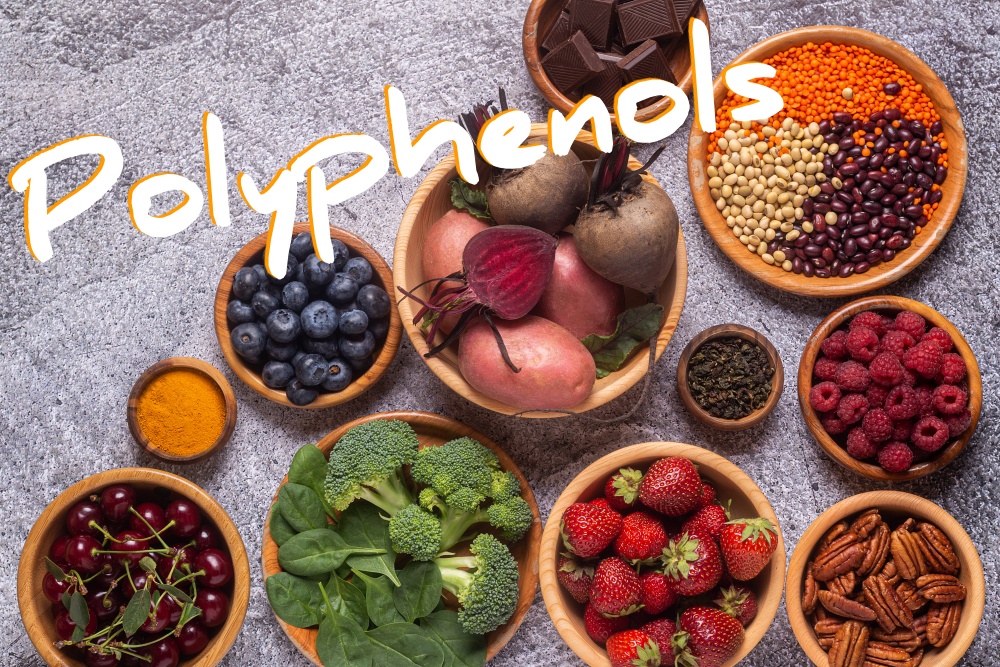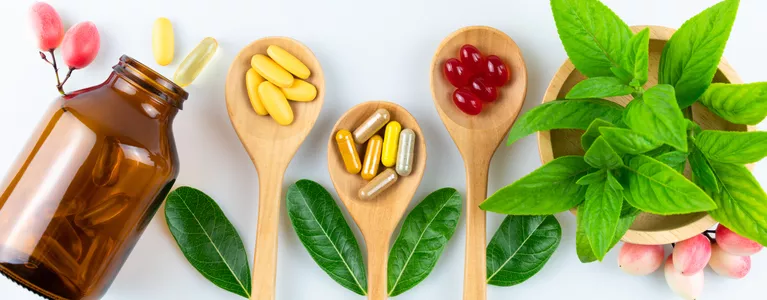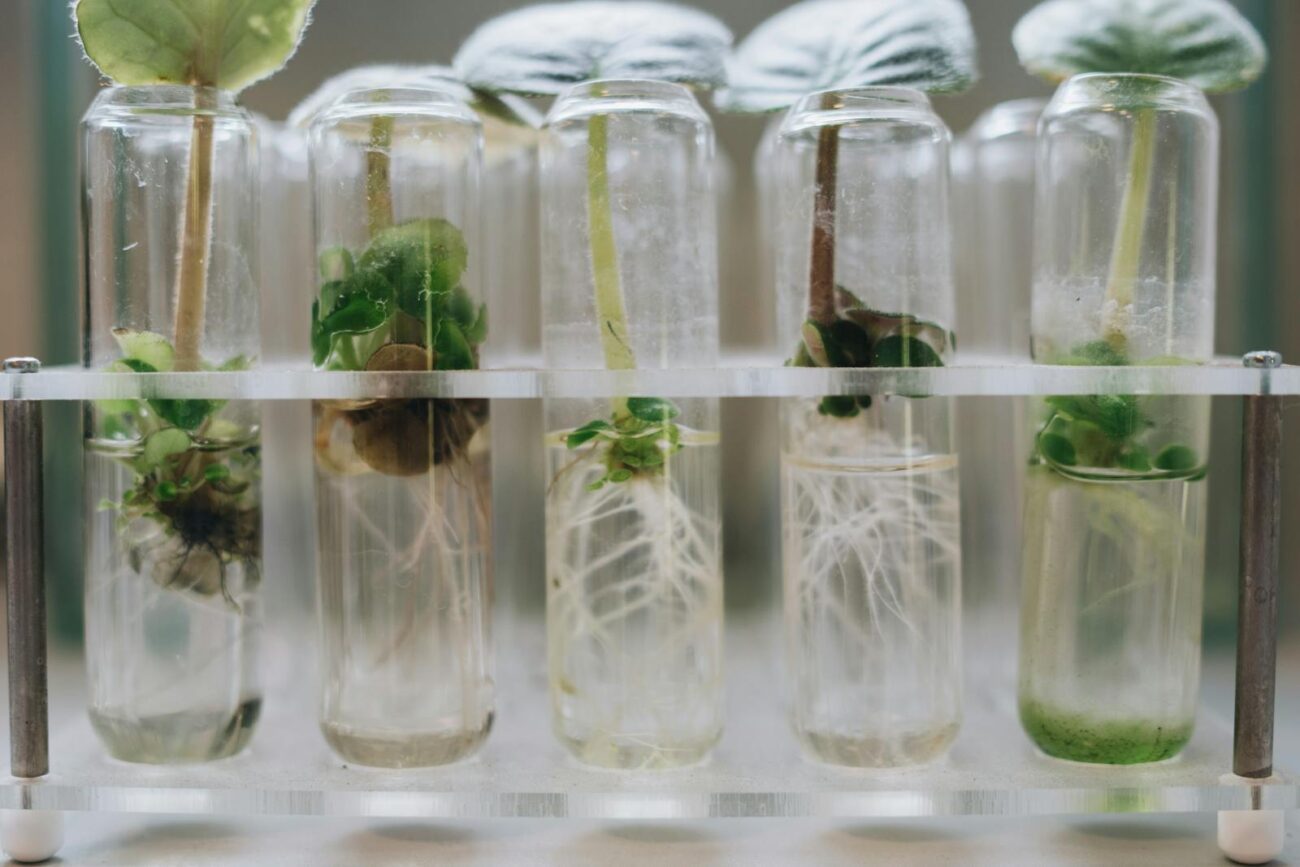
When I was studying plants in the lab and out in the field, I kept noticing little things that fascinated me. A tiny shift in sunlight or a slight change in soil, and the plant would behave differently, grow in odd directions, change its leaves, protect itself in ways I didn’t expect. I couldn’t help but think: if plants are using these chemical tricks to survive, maybe we could learn something from them too.
That’s what led me to look into polyphenols. These compounds help plants deal with stress, and over time, I realized they could influence our own energy levels and immune system.
Trying this in my own life, by paying attention to what I eat and the kinds of plant foods I include, really changed how I feel day to day.
Nature’s Stress Code: How Plants Adapt.
Plants deal with stress all the time, too much sun, a cold snap, or soil that’s just…off. They can’t move, yet somehow they cope. One thing I kept noticing in my studies (and it kind of blew my mind) was polyphenols, tiny compounds that help cells stay intact, handle stress, and survive when things get rough.
Watching this in real life was strange but fascinating, like the plant was quietly running a survival program. And I thought, well…if plants need these chemicals to get through their days, maybe we could benefit too. So I started paying attention to my own diet, berries, greens, herbs, teas, and honestly, it feels like I’m gaining some of the benefits the plants get.
How Polyphenols Help Plants and Our Bodies Handle Stress?
Plants make polyphenols, flavonoids, tannins, phenolic acids, lignans to survive stress. They keep cells safe and help plants deal with tough conditions. I always found this kind of fascinating.
For humans, polyphenols work differently. They don’t give a quick buzz like coffee or sugar. Instead, they help keep energy steady, support the immune system, and let our cells respond better. From my experience, they do more than act as antioxidants, they’re like little nudges, telling cells how to cope. Eating polyphenol-rich foods has actually made a real difference in my day-to-day energy.

Polyphenols: Helping Your Body Adapt and Stay Energized
Energy isn’t about quick spikes, at least, that’s how I try to think about it. For me, it’s more about keeping a steady flow all day. Nothing sudden, nothing crashing. I’ve noticed that plants under mild stress don’t just grow wildly. Little by little, they change. Leaves move a little, stems bend, branches shift here and there.
You can really see the plant responding bit by bit to whatever stress it’s under. Polyphenols in our bodies feel kind of similar. I’ve noticed they help things run smoother, energy stays steadier, and my body seems to handle stress better.
They help cells make energy more efficiently, support circulation, and ease oxidative stress, a kind of quiet, behind-the-scenes support that you actually feel over time. Honestly, adding them to my meals feels like a gentle nudge to help my body cope with the day.
Some polyphenols I include regularly:
EGCG – from Camellia sinensis (green tea)
I usually have it in the morning. I think it helps my energy stay steady most days, without the jitters from coffee.

Quercetin – from Allium cepa (onion) and Malus domestica (apple)
Keeps my circulation smooth and seems to support my immune system. Some days I notice it more than others.

Resveratrol – from Vitis vinifera (grape)
I’ve noticed it helps my body handle stress better on busy days.

Curcumin – from Curcuma longa (turmeric)
A little boost for recovery, especially on days I’ve been physically active.

Over time, including these in my meals has made a real difference. Energy feels steadier, and bouncing back from long or stressful days seems easier, most of the time anyway.
Gut Health: How Plants and Microbes Interact
While exploring polyphenols, I started noticing what happens after I eat them. Most of them don’t act alone, they get broken down by gut bacteria. It’s kind of amazing. The microbes break the compounds into smaller pieces. Those pieces seem to do useful things in the body, helping with digestion, keeping energy steady, and supporting overall health.

A few examples I’ve paid attention to:
Ellagitannins from Punica granatum (pomegranate) turn into urolithins. I think these help with cell renewal.
Catechins in green tea seem to feed good bacteria like Bifidobacterium.
Flavanols in cocoa (Theobroma cacao) appear to support blood vessels and even mental focus.
I started thinking of my gut as a middleman between plants and me. It’s translating their chemistry into something my body can use. Honestly, noticing this connection made me more aware of what I eat, and I’ve felt steadier energy and smoother digestion since.
Recap of Key Polyphenol-Rich Foods and Their Benefits
| Example | Latin Name | Dominant Polyphenol | Function |
|---|---|---|---|
| Strawberry | Fragaria × ananassa | Anthocyanins | Supports circulation and cell protection |
| Blueberry | Vaccinium corymbosum | Anthocyanins, Resveratrol | Supports brain and vascular health |
| Tea, Spinach | Camellia sinensis, Spinacia oleracea | Catechins, Flavonols | Supports metabolism and detox pathways |
| Turmeric | Curcuma longa | Curcumin | Supports antioxidant response |
| Cocoa | Theobroma cacao | Flavanols | Supports mental alertness and circulation |
Practical Steps I Follow
I try to put these lessons into practice in my own life. I make sure to eat a mix of colorful foods, berries, vegetables, herbs, and teas.
I sprinkle in adaptive spices like turmeric, rosemary, oregano, and cinnamon whenever I can. Sugary drinks? I mostly swap them for green tea or a bit of cocoa.
I also try to pick produce that’s grown in healthy soil, it just feels richer somehow. And I’ve learned that my energy works best when I balance activity with rest, giving my body a rhythm of challenge and recovery.
These aren’t dramatic changes, but over time, they’ve made a real difference. I feel steadier, more resilient, and more in tune with the rhythms I see in plants every day.

Frequently Asked Questions about Polyphenols
What are polyphenols, and why do they matter for energy and immunity?
Polyphenols are compounds plants make to handle stress. I’ve found they help our bodies in a subtle way. Energy feels steadier, the immune system seems more balanced, and antioxidant support is there without any sudden boost. It’s not like coffee or sugar, it’s slower, gentler, and lasts longer.
Which foods have the most polyphenols?
I try to mix it up: berries (Vaccinium, Fragaria), apples (Malus domestica), green tea (Camellia sinensis), turmeric (Curcuma longa), cocoa (Theobroma cacao), onions (Allium cepa), and lots of colorful veggies. Eating a variety seems to cover more benefits.
Do polyphenols give instant energy?
Not really. They work quietly, helping cells use energy better. I usually notice it as a steadier energy flow throughout the day, without spikes or crashes.
Does the environment affect polyphenol content?
Yes. Plants under mild stress, changes in sunlight, temperature, or soil, often produce more polyphenols. I’ve also noticed produce from healthy soil or sustainable farms tends to taste richer. That might reflect higher polyphenol levels, though it’s hard to measure exactly.
Can polyphenols replace medications or supplements?
No, not at all. They support your body, but they can’t replace treatment. Still, including them regularly helps the body handle everyday stress more smoothly.
How can I get more polyphenols in my daily diet?
I focus on variety: colorful fruits and vegetables, spices like turmeric, rosemary, or oregano, green tea or cocoa, and mostly fresh, minimally processed foods. Over time, these small habits have made a noticeable difference, I feel steadier and more resilient most days.
Summary
For me, eating polyphenol-rich foods is not just a health choice, it’s a daily connection to the adaptive intelligence of plants. Choosing colorful, sustainable foods reminds me that vitality comes from balance, resilience, and mindful habits.
Start today!
Add a new colorful fruit, a teaspoon of turmeric, or a cup of green tea, and notice how your energy and immunity respond over time.

